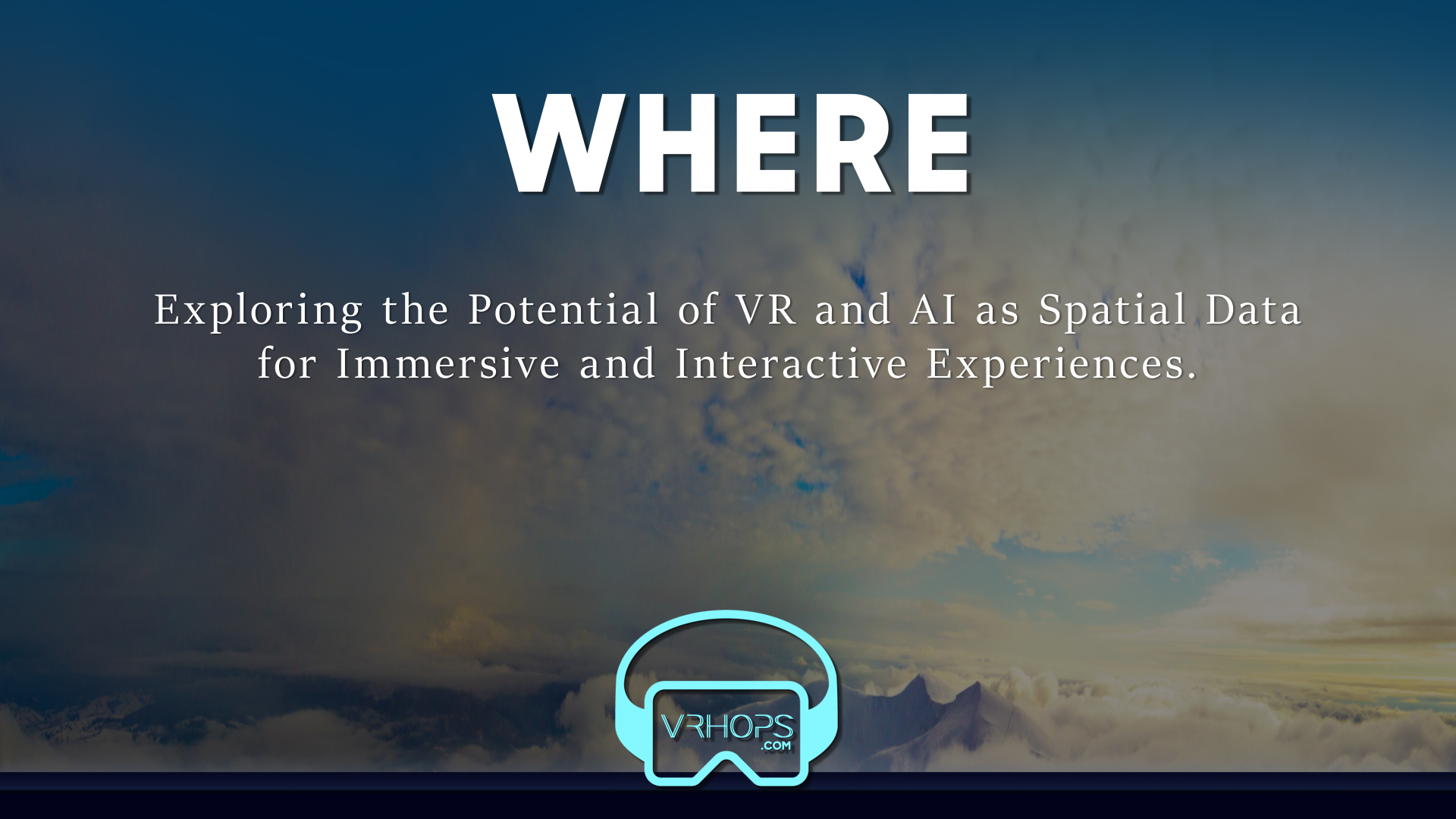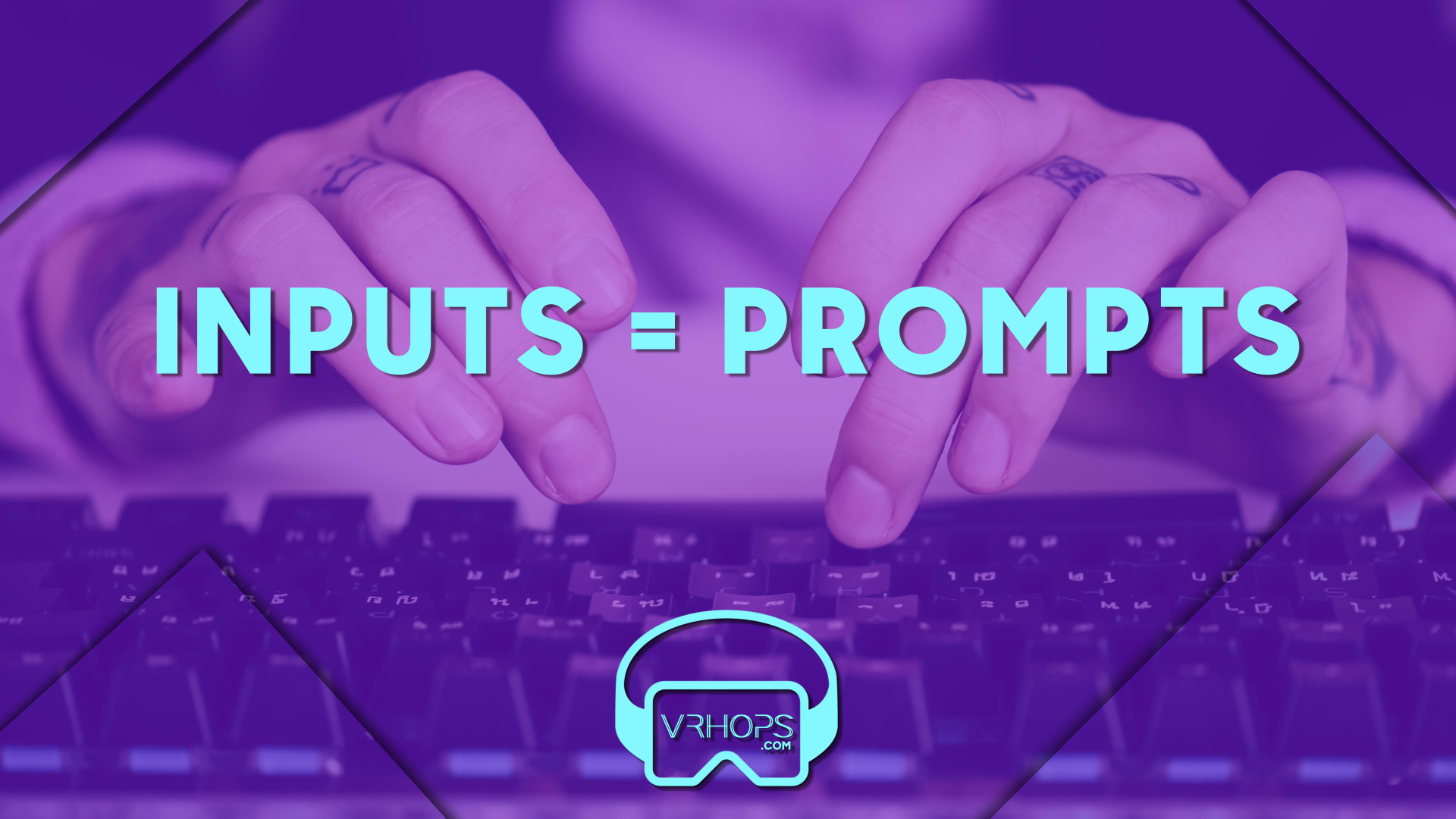
The relationship between inputs and prompts
In today’s fast-paced world, it’s important for businesses and influencers to stand out and connect with their customers and followers on a deeper level. One way to achieve this is through the use of immersive experiences. Immersive experiences allow customers and followers to engage with a brand or influencer in a more interactive and personal way, leading to stronger
In the context of artificial intelligence, inputs are often used to generate prompts. Inputs are the information or data that an AI system receives, which it then processes and uses to generate a response or output. Prompts, on the other hand, are specific requests or questions that the AI system is given to generate a specific type of output.
The relationship between inputs and prompts is crucial for understanding how AI systems work. The quality and relevance of the inputs that the AI system receives can significantly impact the quality and relevance of the prompts it generates. Therefore, inputs must be carefully selected to ensure that the prompts generated are accurate, useful, and relevant to the desired outcome.
Inputs can take many forms, depending on the type of AI system being used. For example, in a natural language processing (NLP) system, inputs might include written text, speech, or other forms of language data. In a computer vision system, inputs might include images, video footage, or other visual data. In a machine learning system, inputs might include data sets, algorithms, or other forms of programming information.
Prompts, on the other hand, are specific requests or questions that the AI system is given to generate a specific type of output. For example, a prompt for an NLP system might be a question about a specific topic, such as “What are the benefits of meditation?” A prompt for a computer vision system might be a request to identify objects in an image or video, such as “Can you identify all the animals in this picture?”
The quality of prompts generated by an AI system is directly linked to the quality of the inputs it receives. By carefully selecting relevant and high-quality inputs, users can ensure that the prompts generated by the AI system are accurate, useful, and relevant to their needs.
Overall, the relationship between inputs and prompts is a crucial aspect of AI development. By understanding how inputs and prompts work together, developers can create AI systems that are better able to generate useful and relevant outputs, leading to more accurate and effective results.
relationships and increased loyalty. Here, we will explore the need for immersive experiences and the benefits they bring to enhancing customer and follower relationships.
INPUTS

THE WHO, HOW, WHAT & WHEN
When it comes to generating AI prompts, the who, the how, the what, and the when are all important inputs. Here’s a brief breakdown of how each input can affect the resulting prompt:
- Who: The “who” input refers to the subject of the prompt, whether it’s a person, a group of people, or even an abstract concept. Depending on the who, the AI may generate different types of language, tone, and content. For example, a prompt about a political figure may result in a more serious and formal prompt than one about a celebrity.
- How: The “how” input refers to the way the subject is being described or portrayed in the prompt. This could include adjectives, verbs, or other descriptive language. Depending on the how, the AI may generate prompts with different emotional tones, levels of detail, or levels of complexity.
- What: The “what” input refers to the action or event being described in the prompt. This could be anything from a specific task to a more abstract concept. Depending on the what, the AI may generate prompts with different levels of specificity, tone, or emotion.
- When: The “when” input refers to the time frame or context of the prompt. This could include a specific date or time, a historical event, or a more general timeframe like “the future.” Depending on the when, the AI may generate prompts with different levels of detail, tone, or relevance.
- By considering all four inputs – who, how, what, and when – or fundamental variables, we can create more specific and targeted AI prompts that are better suited to our needs.
Here are a few additional examples of how mastering the fundamental variables can lead to top results:
- In healthcare, understanding the who (patient demographics, medical history), the how (treatment options, technologies), the what (desired outcomes, disease management), and the when (timing of treatments, follow-up appointments) can lead to better patient outcomes, improved quality of care, and reduced costs.
- In finance, understanding the who (customer demographics, risk tolerance), the how (investment vehicles, financial products), the what (investment goals, performance metrics), and the when (market timing, portfolio rebalancing) can lead to better investment outcomes, improved customer satisfaction, and increased profitability.
- In education, understanding the who (student demographics, learning styles), the how (teaching methodologies, technology tools), the what (learning outcomes, performance metrics), and the when (scheduling, pacing) can lead to better student engagement, improved learning outcomes, and more efficient use of resources.
In each of these examples, mastering the fundamental variables is essential for achieving top results. By carefully considering each of these inputs and their relationships to each other, users can generate accurate and relevant prompts that are tailored to their specific needs and goals, and ultimately lead to better outcomes.
By considering all four inputs – who, how, what, and when – or fundamental variables, we can create more specific and targeted AI prompts that are better suited to our needs.

THE WHERE, Or SPATIAL DATA
When it comes to generating a virtual 360 world, the most important input is undoubtedly the answer to the question “where.” This input determines the location and environment of the virtual world and serves as the foundation for all other design decisions.
The “where” input can take many forms. It could be a specific physical location, such as a city or landmark, or it could be a more abstract concept, such as a fictional world or dreamlike landscape. Whatever the “where” input is, it sets the tone and mood for the virtual world and determines how users will interact with it.
For example, if the “where” input is a city, the virtual world might include streets, buildings, and other urban features. If the “where” input is a forest, the virtual world might include trees, wildlife, and natural features. The “where” input could even be a completely imaginary location, such as a fantasy world or a sci-fi planet, which would require the design team to create entirely new environments and landscapes.
Once the “where” input is determined, designers can begin to build out the virtual world, taking into account factors such as lighting, textures, and sound effects. They might incorporate historical or cultural elements to add depth and meaning to the virtual world, or they might focus on creating a fully immersive experience that transports users to another time and place.
The “where” input is also crucial for determining how users will interact with the virtual world. For example, if the virtual world is a historical site, users might be able to explore different parts of the site and learn about its history through interactive elements such as videos or informational text. If the virtual world is a fictional landscape, users might be able to interact with characters or objects within the world to progress through a narrative or solve puzzles.
Ultimately, the Spatial Data or “where” input is the starting point for creating a compelling and immersive virtual world. It sets the stage for all other design decisions and helps designers create a cohesive and engaging experience for users. By carefully considering the “where” input and its implications, designers can create virtual worlds that transport users to new and exciting places, providing endless opportunities for exploration and discovery.





